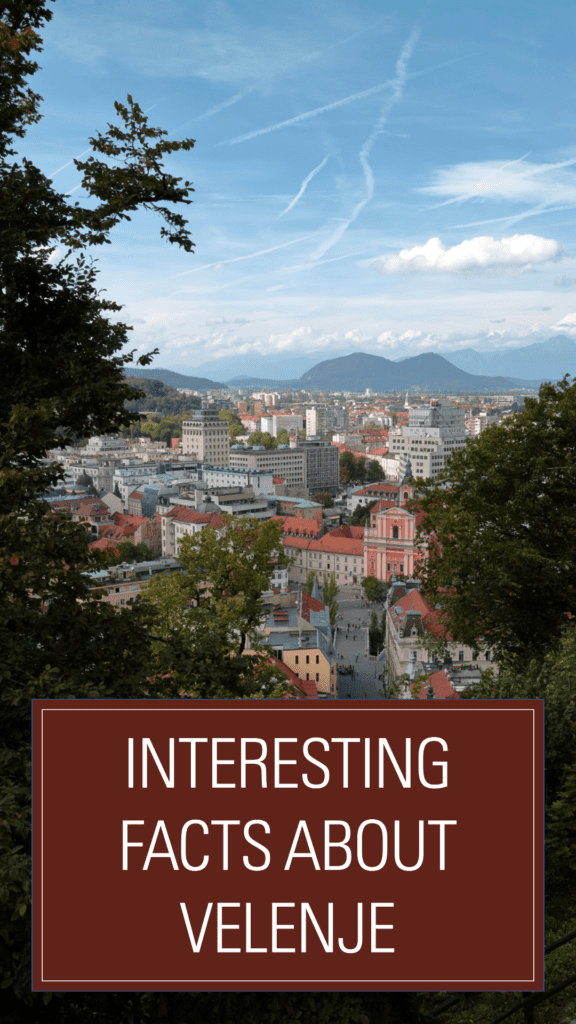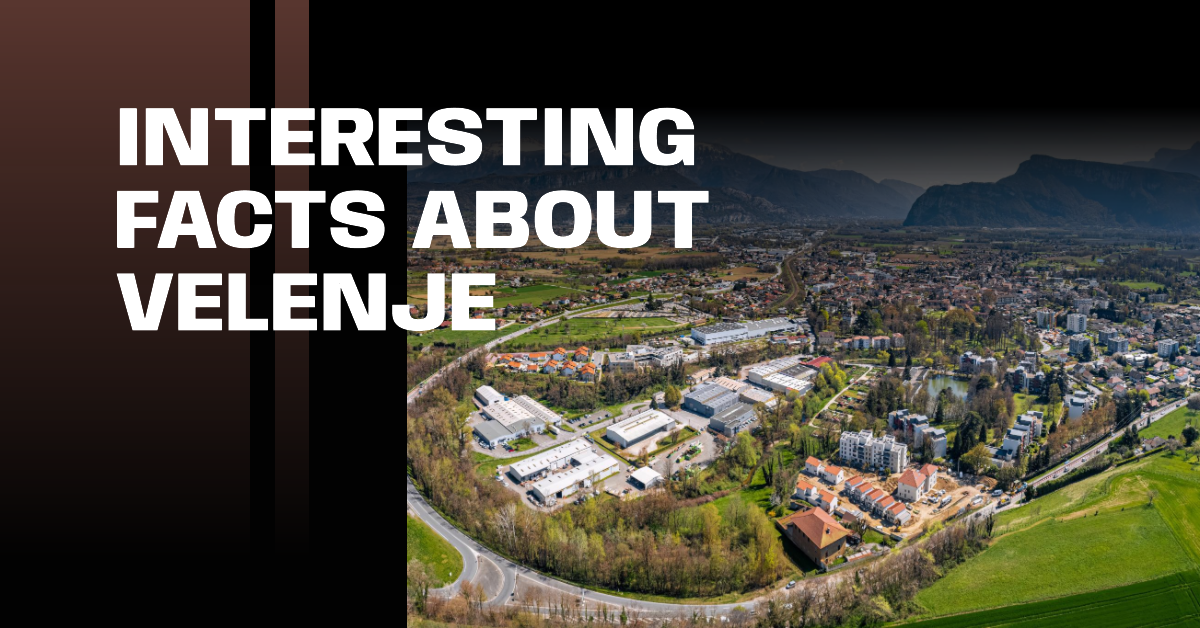Facts About Velenje
- The area of today’s Velenje was first mentioned in 1250, Velenje square was first mentioned in documents in 1264, while for centuries the old town square has been dominated by the castle which was first mentioned in historical sources in 1270.
- The name of the town was changed to Titovo Velenje (literally, ‘Tito’s Velenje’) in 1981 in honour of the Yugoslav leader Josip Broz Tito. The name Velenje was restored in 1990, just before the declaration of Slovenian independence in 1991.
- Velenje is twinned with Esslingen am Neckar, Germany; Neath Port Talbot, Wales; Split, Croatia; Pljevlja, Montenegro & Udine, Italy.
- Velenje is known for its coal mining industry. The Velenje Coal Mine is one of the largest coal mines in Europe and has been a significant employer for the local population.
- The elevation of Velenje is 396 m or 1,299 ft, above sea level.
- Velenje is situated in the northeastern part of Slovenia, in the region of Styria (Štajerska) and is the fifth-largest town in Slovenia by population.
- The town features Velenje Castle, also known as Grad Škale. The castle dates back to the 12th century and is now a cultural centre, hosting various events and exhibitions.
- Velenje is often called the “City of Youth” due to its vibrant cultural scene and numerous youth-oriented activities.
- The town hosts the Velenje Festival, an annual event featuring various cultural performances, concerts, and exhibitions.
- Velenje stands as a formidable economic hub within Slovenia, boasting cutting-edge infrastructure. Its economic growth hinges on thriving energy, metal-processing, and construction sectors. Notably, the city houses the sole operating lignite mine in Slovenia, situated just west of its boundaries.
Velenje Information
| Velenje Information | Statistics |
| Officially Settled | 1889 |
| Town privileges | 1951 |
| Total Estimated Area | 12.59 km2 (4.86 sq mi) |
| Estimated Population | 24,327 (2019) |
| Coordinates | 46°21′45″N 15°06′52″E |
| Official Website | https://www.velenje.si/en/ |


